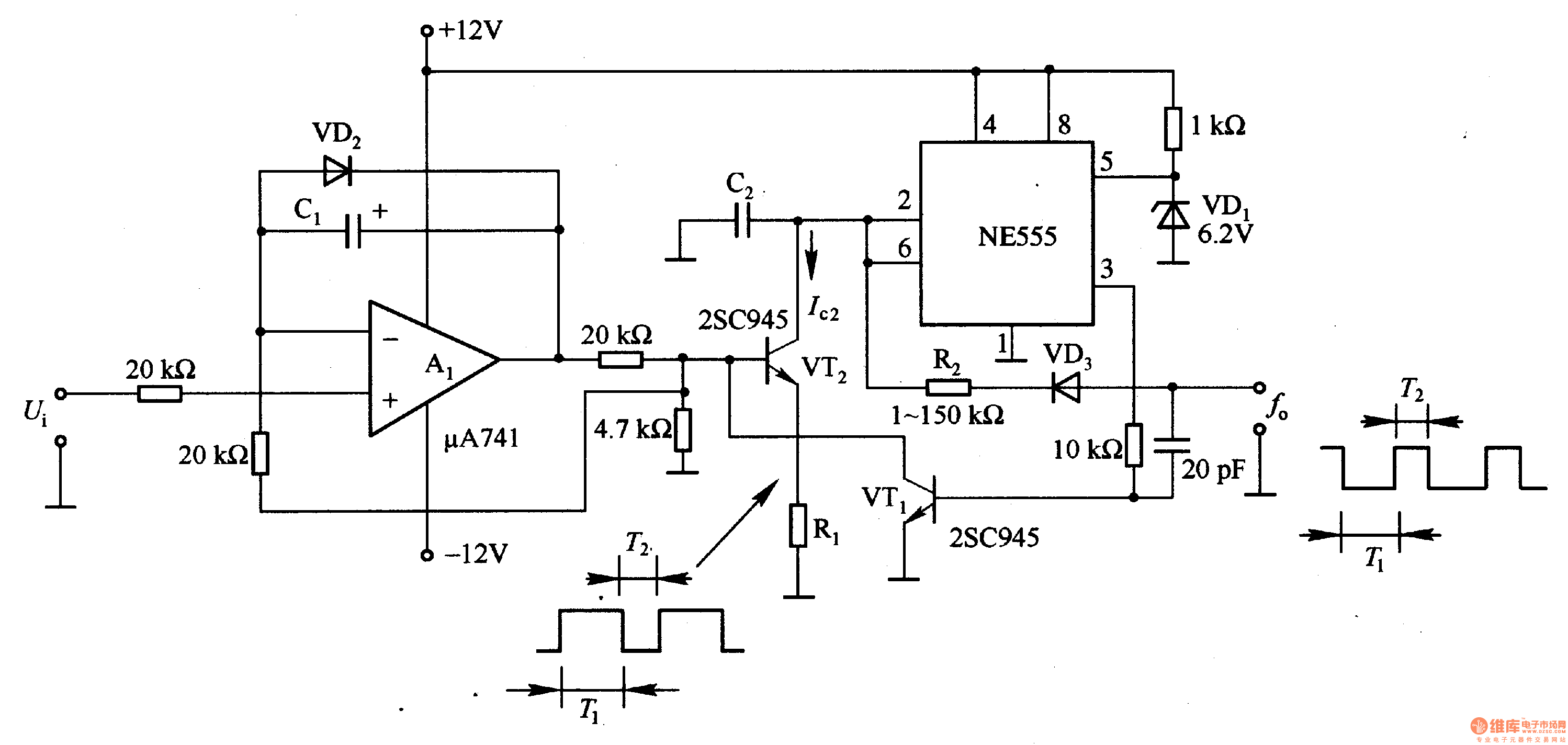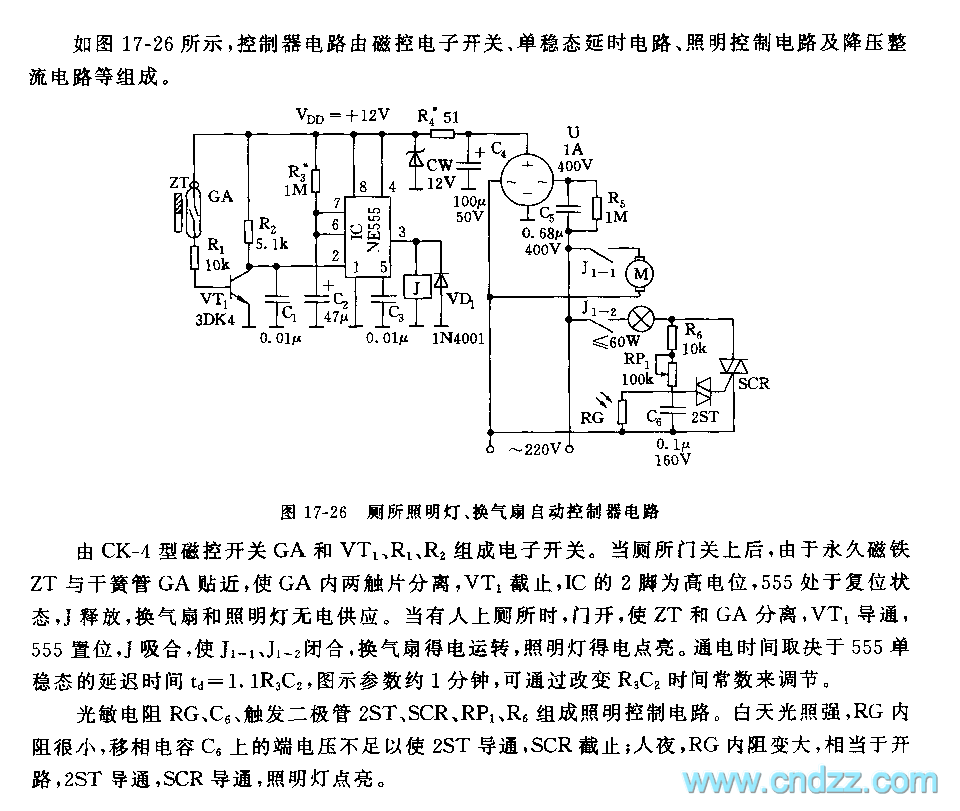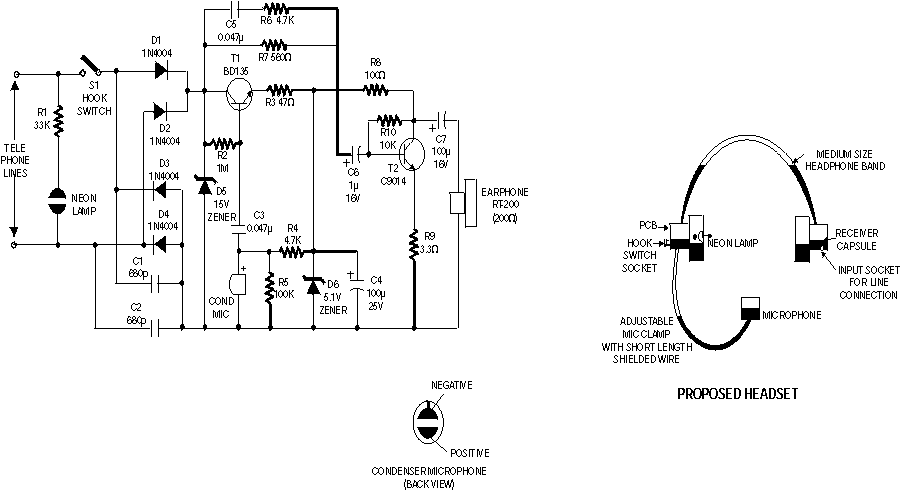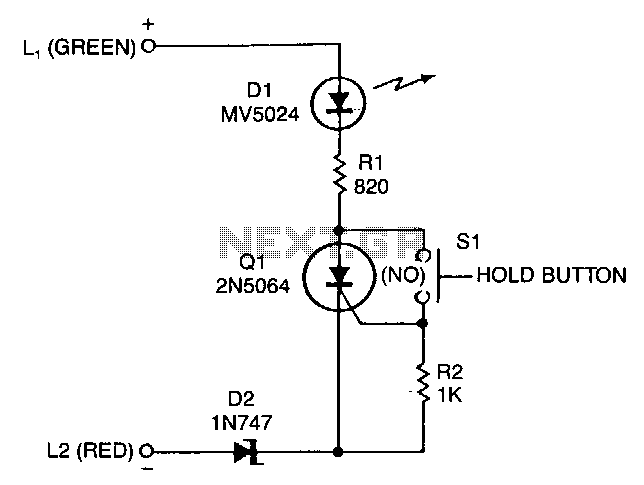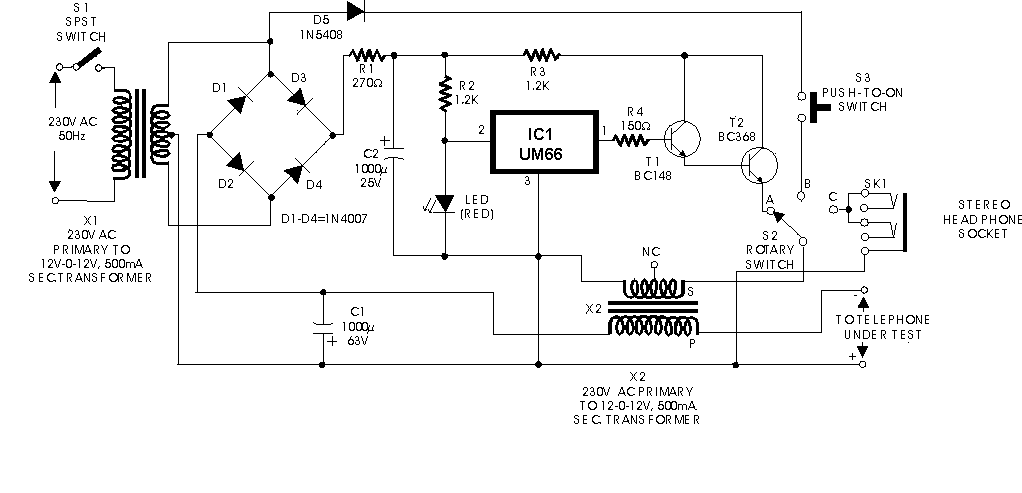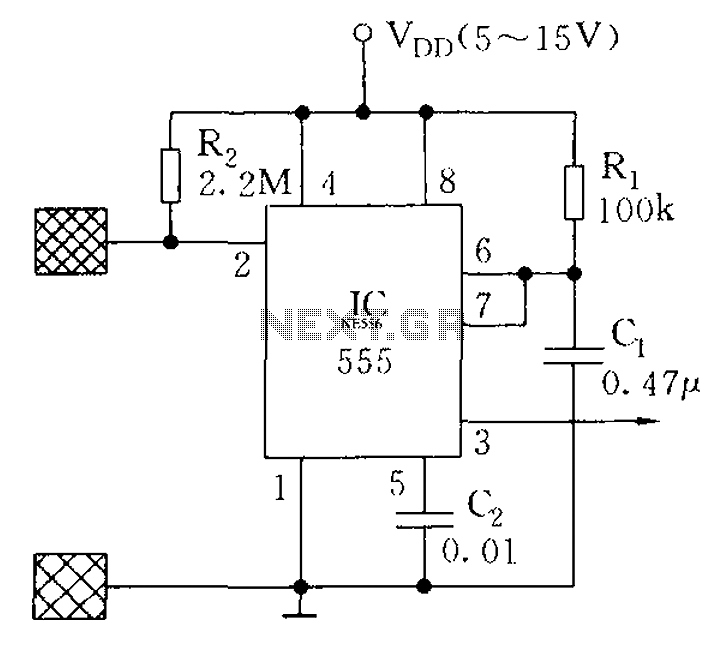
Cellular Phone Jammer with 555
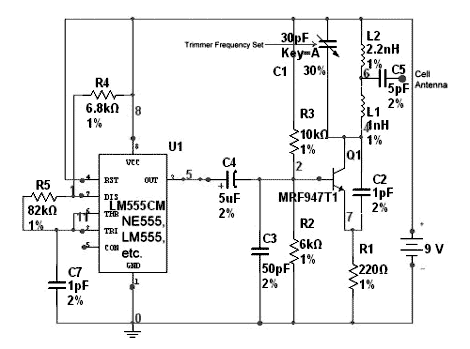
And my recent study about chaos is really making me have FUN! The subject is awesome! And my Geeky Bro informed me something about a cell phone jammer, a simple timer circuit using 555. Will work within 10 feet maybe, LOL:) Anyone should get a book to get started and they should get a taste on the subject. Recommended Chaos” By Lenny Smith From Oxford University Press’s Very Short Introduction series. I started reading this book.
A cell phone jammer is an electronic device that transmits signals on the same frequencies used by mobile phones, effectively disrupting communication between the phone and the network. A simple cell phone jammer circuit can be constructed using a 555 timer IC, which is a versatile component commonly used in timer, delay, pulse generation, and oscillator applications.
The basic configuration of a 555 timer in astable mode can be utilized to generate a square wave signal. This signal can be modulated to create interference with mobile phone frequencies, typically ranging from 800 MHz to 1900 MHz, depending on the specific technology used (GSM, CDMA, etc.). In this circuit, the 555 timer is connected to a few passive components: resistors and capacitors, which set the frequency of oscillation.
To construct the circuit, the following components are required:
- A 555 timer IC
- Resistors (two resistors to set the timing)
- A capacitor (to determine the frequency)
- An RF amplifier stage (optional, to increase the output power)
- An antenna (to effectively transmit the jamming signal)
The circuit operates as follows: when powered, the 555 timer generates a continuous square wave output. This output can be fed into an RF amplifier to boost the signal strength, which is then transmitted through an antenna. The range of the jammer can be adjusted by modifying the output power of the RF stage and the design of the antenna.
It is important to note that the use of cell phone jammers is illegal in many jurisdictions due to the potential for interference with emergency communications and other critical services. Therefore, while the circuit can be constructed for educational purposes, practical applications should be approached with caution and awareness of local laws and regulations.And my recent study about chaos is really making me have FUN! The subject is awesome! And my Geeky Bro informed me something about a cell phone jammer, a simple timer circuit using 555. Will work within 10 feet maybe, LOL:) Anyone should get a book to get started and they should get a taste on the subject. Recommended Chaos” By Lenny Smith From Oxford University Press’s Very Short Introduction series. I started reading this book. 🔗 External reference
A cell phone jammer is an electronic device that transmits signals on the same frequencies used by mobile phones, effectively disrupting communication between the phone and the network. A simple cell phone jammer circuit can be constructed using a 555 timer IC, which is a versatile component commonly used in timer, delay, pulse generation, and oscillator applications.
The basic configuration of a 555 timer in astable mode can be utilized to generate a square wave signal. This signal can be modulated to create interference with mobile phone frequencies, typically ranging from 800 MHz to 1900 MHz, depending on the specific technology used (GSM, CDMA, etc.). In this circuit, the 555 timer is connected to a few passive components: resistors and capacitors, which set the frequency of oscillation.
To construct the circuit, the following components are required:
- A 555 timer IC
- Resistors (two resistors to set the timing)
- A capacitor (to determine the frequency)
- An RF amplifier stage (optional, to increase the output power)
- An antenna (to effectively transmit the jamming signal)
The circuit operates as follows: when powered, the 555 timer generates a continuous square wave output. This output can be fed into an RF amplifier to boost the signal strength, which is then transmitted through an antenna. The range of the jammer can be adjusted by modifying the output power of the RF stage and the design of the antenna.
It is important to note that the use of cell phone jammers is illegal in many jurisdictions due to the potential for interference with emergency communications and other critical services. Therefore, while the circuit can be constructed for educational purposes, practical applications should be approached with caution and awareness of local laws and regulations.And my recent study about chaos is really making me have FUN! The subject is awesome! And my Geeky Bro informed me something about a cell phone jammer, a simple timer circuit using 555. Will work within 10 feet maybe, LOL:) Anyone should get a book to get started and they should get a taste on the subject. Recommended Chaos” By Lenny Smith From Oxford University Press’s Very Short Introduction series. I started reading this book. 🔗 External reference
